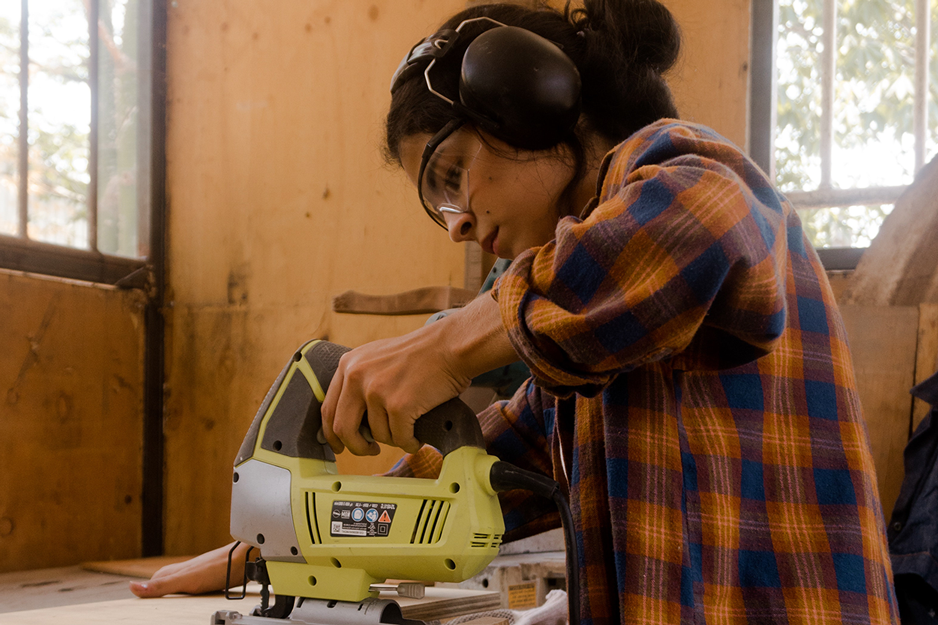What may seem like a small project could turn into a big danger if you use electric power tools carelessly. Tools aren’t just powered by electricity; they run on compressed air, hydraulics, belts, or chain drives, too. Knowing the dangers these tools are capable of is the first step in keeping you and those around you safe.
"Hazards from power tools affect not only the person using them but also those working close by,” said Jared Boggs, Safety Coordinator at NREMC.
There are some general practices that should be followed when using electric tools. It’s important to operate these tools within their design limitations.
- Always read and follow the instruction manual to ensure you are using them correctly.
- Before using any tool, put on gloves, appropriate footwear, and eyewear, if needed.
- When you’re finished using it, carefully disconnect the tool, never yanking by the cord, and store it in a dry place.
Electrical shocks, which can lead to injuries such as heart failure and burns, are among the major hazards associated with electric-powered tools. Under certain conditions, even a small amount of electric current can result in atrial fibrillation (AFib) and death. An electric shock also can cause people to fall off ladders or other elevated work surfaces and be injured due to the fall.
Do not use electric tools in damp or wet locations unless they are approved for that purpose. To protect users from shock and burns, electric tools must have a three-wire cord with a ground plugged into a grounded receptacle, be double insulated, or be powered by a low-voltage isolation transformer.
"Your safety is important to us, but the power is in your hands to practice electrical safety when using equipment that can put you in harm’s way!" Boggs added.
Source: osha.gov

